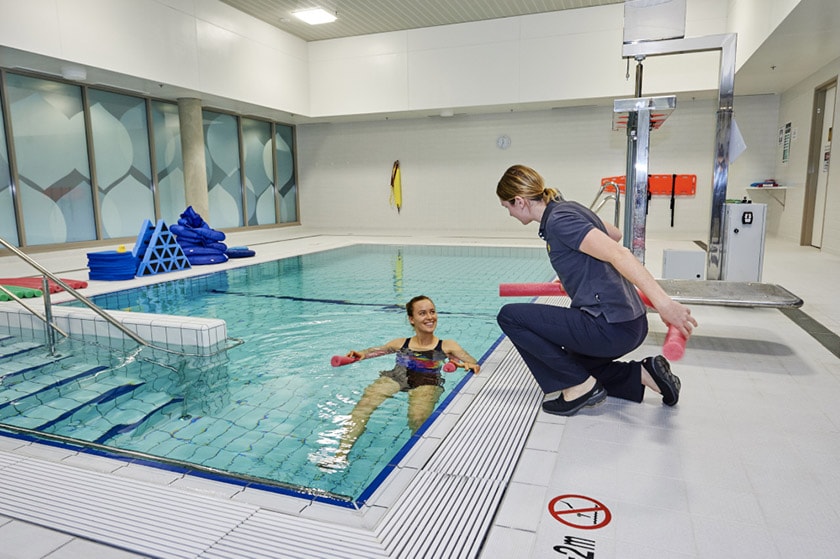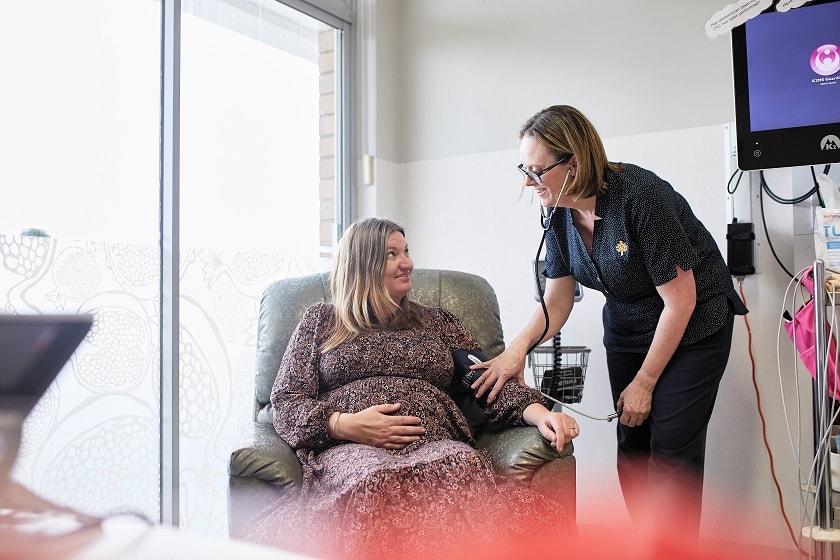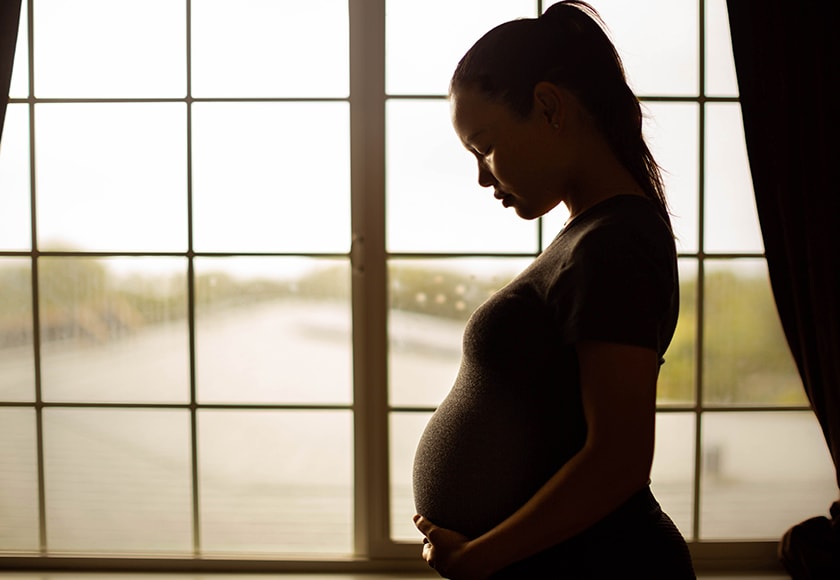It is best to improve your fitness before you fall pregnant
Where possible, aim to improve your global physical fitness and strength prior to falling pregnant, and in between pregnancies. This will reduce the risk of back pain. It will also benefit you during labour, delivery and postpartum.
Don’t just focus on your back, look to improve upper and lower limb strength and flexibility too.
Regular exercise is key
Don’t overdo things. If something hurts when you exercise, don't push through the pain, as it could cause injury.
Aiming to exercise at least three times a week once you become pregnant, and throughout your pregnancy, you'll be less likely to experience back pain.
Low impact exercises are best
The best forms of pregnancy exercise include swimming, walking, cycling on an exercise bike, exercising on a large gym ball, aqua natal classes, pilates or yoga.
But that doesn’t mean you have to stop your normal activities
If you have been a regular participant in more high intensity activities prior to falling pregnant, the guidelines state that it is usually safe to continue. However, it is wise to discuss this with your physiotherapist, midwife or obstetrician.
Starting exercise during pregnancy
If you have not been a regular exerciser prior to falling pregnant and would like to take something up, it is best to be guided by your healthcare team.
Focus on your back and abs (for the first 20 weeks)
Before 20 weeks of pregnancy, it is important to focus on back care and posture. Studies have shown that obtaining and using information on back care and posture prior to 20 weeks gestation reduces back pain during and after pregnancy.
Don’t forget about the front either in the first 20 weeks of pregnancy as strong, well-functioning abdominals provide support for the back and reduce the risk of pain. After 20 weeks though, it is advisable to minimise abdominal work and let nature take its course in allowing baby room to grow.
And most importantly, remember your pelvic floor
Regularly practicing pelvic floor exercises are beneficial throughout pregnancy and beyond, not only for continence but also for minimising back pain. Research has shown that women with pelvic floor dysfunction are more likely to suffer from back pain.
If you do have any concerns about exercising during your pregnancy, speak to your physiotherapist, doctor, midwife or obstetrician.








